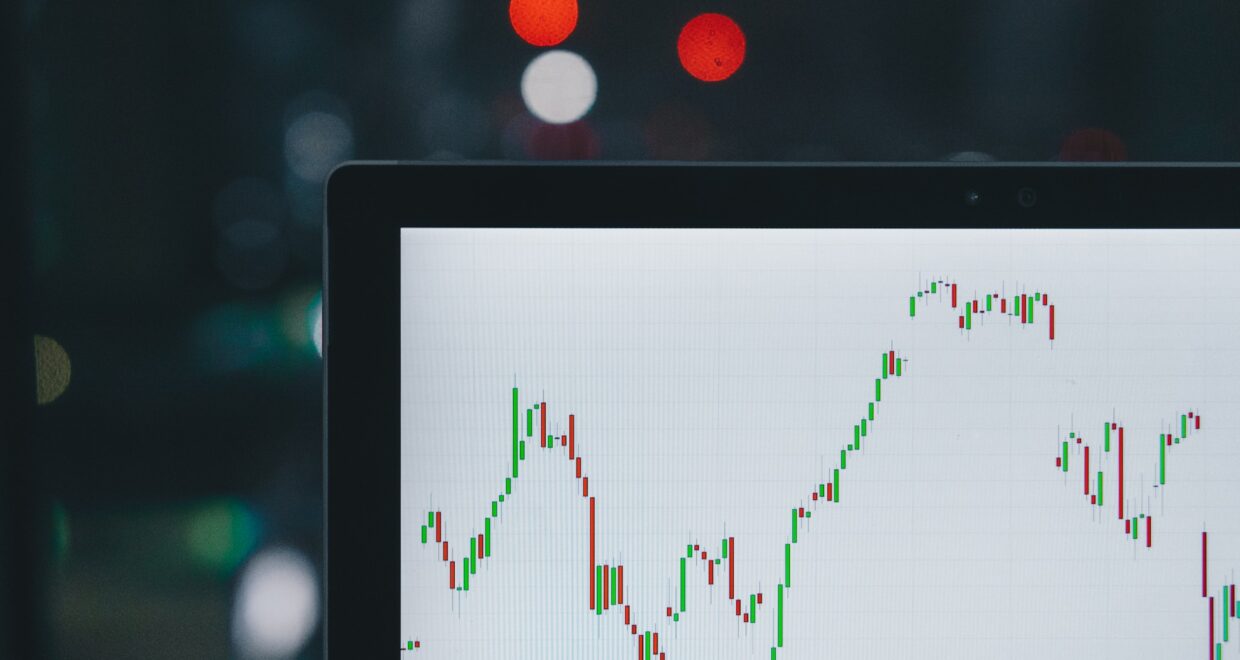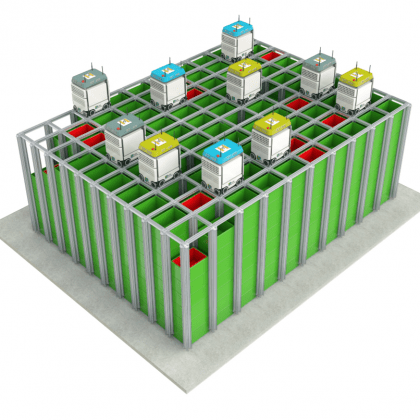Crisis-Driven Regionalism: ASEAN’s Economic Response to Present Day Tensions
ASEAN has progressed consistently as a responsive regional actor, especially through its economic initiatives. The organization declared its commitment to regional economic integration as early as the 1976 Declaration of ASEAN Concord/Bali Concord I, and indeed, it tends to be in the economic sphere where the most detailed and formal agreements are signed. The formalization of the ASEAN Economic Community 2015 in 2007 from its relatively simpler predecessor agreements—such as the Preferential Trade Agreement, ASEAN Free Trade Area, ASEAN Framework Agreement on Services—is demonstrative of ASEAN’s commitment to boost regionalism.
This commitment has survived and strengthened through present-day ASEAN initiatives. In particular, the past few years have seen a spate of encouraging movements on ASEAN’s outward-looking endeavours despite the increased geopolitical and economic instability. The global economy is battling the effects of the ongoing US-China trade war, pandemic shocks, and political-security concerns collectively contributing to a general period of pessimistic financial outlook. And yet, ASEAN’s commitment to regional economic integration is bolstered by the crisis rather than shaken. Three key examples are illustrative of this.
ASEAN Leads the Region’s Pandemic Response
Although the region initially struggled to contain and manage the pandemic, ASEAN’s first collective move was to arrange meetings between its health, economic, labour, and tourism ministers to devise a ‘whole-of-community’ approach. A key point from these meetings was to ensure that the region stayed open and not protectionist across all of the sectors. Especially since ASEAN is an intergovernmental organization, the leaders deserve the due credit for responding to the crisis as quickly following a multi-sectoral approach.
ASEAN also arranged for meetings with its dialogue partners, including China, Korea, Japan, the European Union (EU), Australia, the US and the UK to collaborate on a regional and international response to COVID-19. Steps after that included developing a response fund of US$1.2 billion, the ASEAN Comprehensive Recovery Framework and its Implementation Plan—which most notably calls on ASEAN to increase its presence in global markets—and operationalizing response centres.
The Regional Comprehensive Economic Partnership (RCEP) Boosts ASEAN Centrality
After eight years of negotiations, RCEP—an ASEAN endeavour—was signed and entered into force during the height of the pandemic in 2020 and 2022, respectively. The megaregional agreement secures multilateral trade between its fifteen member states and aims to “facilitate the expansion of regional trade and investment and contribute to global economic growth and development”.
Most crucially, ASEAN placed itself as the geographic and administrative centre for the RCEP member states. Having built strong relations in the past with China, Japan, and Korea through the ASEAN Plus Three initiative, as well as India, Australia, and New Zealand a few years later through free trade agreements (FTA), these efforts culminated in an agreement that seems to be holding up its promise of ensuring open economic relations. This centrality is a bulwark against the impact of the US-China trade war and the lasting economic consequences of the pandemic.
It should be noted that although India has decided not to join RCEP, ASEAN keeps its doors open to them. At the 20th ASEAN-India Summit, ASEAN reiterated its enthusiasm for India to join RCEP “as an important player in the global and regional value chains”.
A Promising Future for Bloc-to-Bloc Agreements
Lastly, ASEAN and the EU have prompted what may soon be the rise of bloc-to-bloc agreements. The first of this kind is the ASEAN-EU Comprehensive Air Transport Agreement which was signed during the pandemic and notably one of the worst years for the aviation industry. The agreement was signed with hopes that both regions could boost air transport connectivity, tourism, and, as a result, economic recovery. Negotiations for an FTA—abandoned in 2009—have resumed. There are curious suggestions that digitalization or energy cooperation may also deepen over time.
This is a shift from the past, where bilateral agreements (such as the EU-Vietnam FTA) were the preferred modicum of cooperation between the two blocs. What motivates the blocs to act quickly now and cooperate on a higher level is the current “grim outlook” on global affairs. The changing intra-regional landscape calls for greater collaboration and dialogue between the two regions. Bloc-to-bloc negotiations could allow for a strong regional economic order to develop over time, and this expansion speaks to ASEAN (and the EU’s) strong commitments to regionalism in their global affairs.
Progressive Post-Crisis Regionalism
Admittedly, ASEAN’s legal development and integration is sometimes viewed with scepticism and it stands apart from more traditional models followed by the West. But, at least with regional economic integration, progress has been slow but steady.
Where ASEAN stands now is owed to years of progressive development and a growing acceptance of regionalism as a solution for financial crises. For instance, at the height of the Asian Financial Crisis in the late 1990s, Laos, Myanmar and Cambodia joined ASEAN to tackle its economic effects. Likewise, the crisis kickstarted the ASEAN Plus Three initiative and East Asian regionalism.
A decade later, after the onset of the Global Financial Crisis, the ASEAN Charter was adopted to give weight to the bloc in negotiating agreements. As an architectural response to the crisis, the Charter was a sign that the region was taking institutionalization more seriously. Time and time again, regionalism proved to be an effective safeguard against the economic impact of these crises.
Accordingly, ASEAN has demonstrated a logical willingness to commit more deeply and urgently to its long-touted goal of regional economic integration. It has built important connections over time, grown accustomed to far-reaching economic policies and treaties, and responded to the crises swiftly with resilience and collaborative measures. ASEAN’s initiatives have grown in scale and it continues to pursue centrality in the global economic order. Southeast Asia may become an economic third region to rely on amid increasing polarity in international relations. All in all, ASEAN’s steady progress in battling the present economic crisis inspires confidence.

Yvette FOO is a Research Assistant from the Centre of International Law at the National University of Singapore. She was called to the Singapore Bar in 2020, and is currently researching ASEAN law and policy and international dispute resolution.






